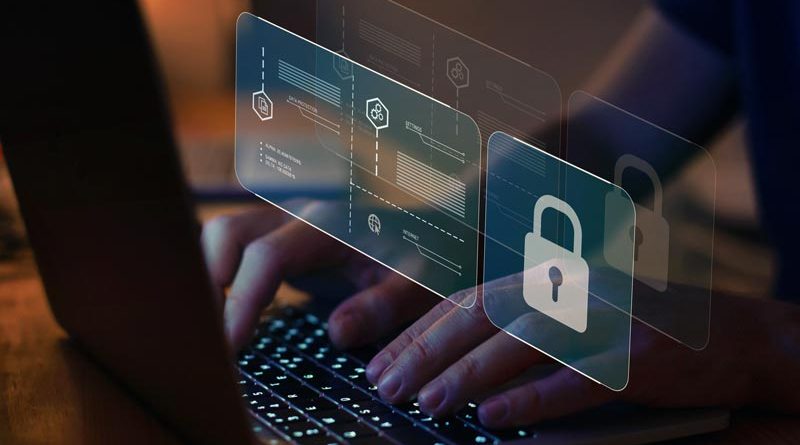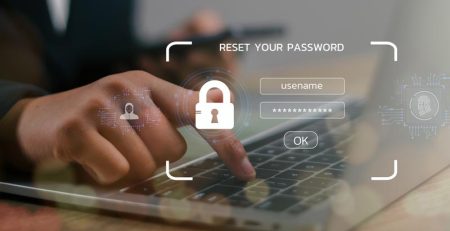The 5 Pillars of an Effective Cybersecurity Solution
Cyberattacks continue to grow — not just in frequency but also in scope — and your organization must have a plan for when that inevitable attack comes.
About a decade ago, former President Barack Obama signed an executive order that directed the National Institute of Standards and Technology (NIST) to develop a Cybersecurity Framework.
This initiative sought to address the lack of standardization within the cybersecurity industry by offering a set of best practices and recommendations to help organizations enhance their cybersecurity measures.
While the NIST framework comprises hundreds of detailed and highly technical standards, we understand that it’s unrealistic to expect small business decision-makers to fully digest this extensive information. However, small business leaders who take some time to at least understand the framework’s five major pillars will have a big advantage in making good cybersecurity decisions tailored to the unique needs of their businesses, effectively identifying, detecting, responding to, preventing and recovering from cyberthreats.
The NIST Cybersecurity Framework addresses standards for technology, but also for processes and people using technology to ensure your organization continually improves its cybersecurity practices.
The five pillars of the framework are standard guidelines among security professionals and IT experts.
- Identify: Identify types of threats and all assets potentially at risk.
- Protect: Analyze how to protect all identified assets best.
- Detect: Define how threats against assets will be detected.
- Respond: Outline key measures to respond to detected threats.
- Recover: Define how to fix impacted infrastructure and maintain security.
Let’s dive into each pillar and discuss what needs to be accomplished to build a comprehensive cybersecurity strategy.
Identify: Recognizing What’s Valuable
Just as you would survey your home to identify what’s most valuable and vulnerable — be it jewelry, electronics or personal documents — you need to identify which digital assets (data, hardware, software) are crucial and at risk.
This first step is about understanding what you have that needs protection, like knowing every entry point and valuable item in your home.
Making a strong effort to identify your various IT systems also helps with things outside of security, such as building a solid IT budget and making the day-to-day management of your environment easier.
Cyberattacks continue to grow — not just in frequency but also in scope — and your organization must have a plan for when that inevitable attack comes.
Protect: Safeguarding What’s Valuable
Protecting your home involves locking doors, installing alarm systems and perhaps having a guard dog — measures to deter or prevent entry. Similarly, in cybersecurity, this involves deploying firewalls, encryption, antivirus software and conducting regular security awareness training for employees.
You’ll want to determine how to protect each asset listed earlier and what tools (antivirus software), actions (patch management) or measures (phishing training) should be used to protect your organization’s data.
It’s about creating barriers to unauthorized access.
Detect: Noticing the Intruders
Detection in a home scenario means having motion sensors, security cameras or even a neighbor’s watchful eye — anything that alerts you to a break-in.
In the digital world, this translates to intrusion detection systems, monitoring network traffic and analyzing anomalies that could indicate a cyberattack. It’s about being aware the moment something unusual happens.
A timely detection can be the difference between a small hiccup and millions of dollars in damages.
Respond: Taking Action Against Intruders
If your home security system alerts you to an intrusion, you immediately call the police, perhaps activate a safe room or take other pre-planned actions.
In cybersecurity, once a threat is detected, your incident response plan kicks in. This involves containing the breach, assessing damage and executing steps to neutralize the threat.
You’ll want to have a variety of prepared responses based on the severity of the threat and the behavior detected.
How quickly and efficiently you respond is just as important as how quickly a threat is detected. Ideally, you want to initiate your response the moment a single workstation, email inbox or file is compromised rather than waiting until the threat has spread throughout your entire company.
Early intervention can prevent a minor security breach from escalating into a widespread compromise.
Recover: Fixing What’s Broken and Learning
After a home invasion, you would repair any damage, possibly upgrade your locks or alarm system, and review what happened to prevent future incidents.
In the cyber context, recovery involves restoring affected services or data, learning from the incident to fortify your defenses and implementing measures to reduce the impact of future attacks. This is akin to strengthening your home’s security post-break-in to better guard against future threats.
This includes evaluating the source of the incident for potential security vulnerabilities and implementing new policies, security tools or infrastructure to strengthen those weaknesses.
It’s OK to feel overwhelmed at this point. It’s a lot to digest as you consider how each pillar will be implemented in your organization.
However, you’re not alone.
Most managed service providers will work with you to utilize these procedures when developing tailored strategies for your organization.
Managed IT Services in West Michigan
Looking to keep your business running smoothly while increasing productivity, security and profitability? Contact us here for all your information technology needs.











